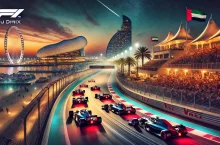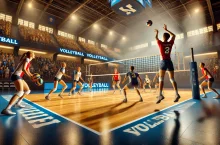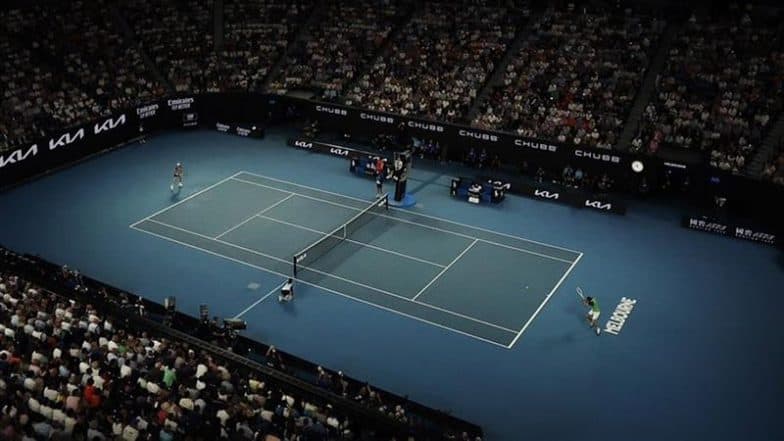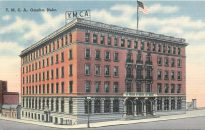“We had to find a way to change it from ‘Ford Australian Open’ to the Australian Open sponsored by Ford,” Pollard told ESPN in 2019. “We had to start looking like a Slam, not sound like every other weekly tournament.” Close Jake Michaels is a Melbourne-based sports writer. He has been with ESPN since 2013, […]
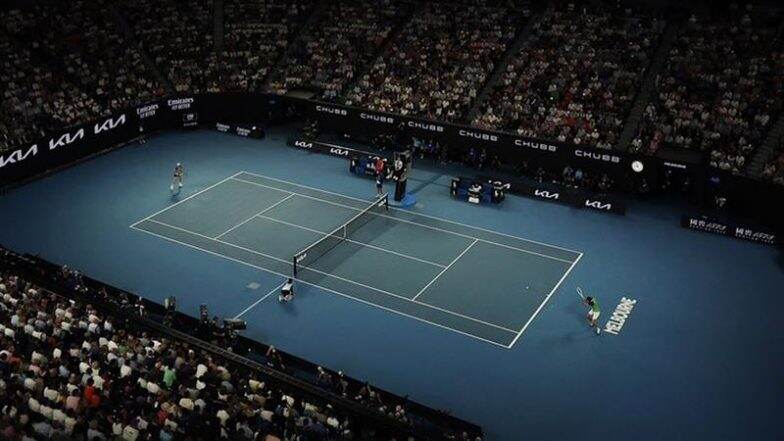
“Each year, we push the limits of what the Australian Open can offer,” says Tiley. “The demand keeps growing, and we’re expanding to meet it.”For the players, that attitude has led to the establishment of world-leading facilities at Melbourne Park. In 2019, Rod Laver Arena underwent a 5 million redevelopment, which included the construction of the striking Eastern Pavilion, an events space that has transformed into a haven for players during the fortnight of Australian Open competition. From the ever-popular all-day sushi bar to a children’s playroom, cocktails on the balcony to private gyms, the players are pampered and every desire taken care of from the moment they touch down in Melbourne. Need a car? No problem. How about a massage? Done. Maybe it’s a day trip to visit some Australian wildlife? You got it.
2 RelatedMELBOURNE, Australia — In the 1970s and early ’80s, Tennis Australia, and tennis in Australia, was on life support.By the time McNamee stepped down from his post in 2006, the Australian Open had drawn level with tennis’ other majors on the popularity, appeal and perception scale. He had successfully lifted Australian tennis and its premier tournament out of the doldrums and back into global relevancy, laying the foundation for decades of future success. But Tennis Australia’s job was far from complete. Now, the priority was to avoid complacency, which led to its second significant appointment.Paul McNamee left a lasting legacy on the Australian Open. Ryan Pierse/Getty ImagesIn the early 2000s, the Australian Open became known as “the Grand Slam of Asia-Pacific,” a paradigm shift that allowed it to tap into a bustling market that had long been overlooked by world sport. The buzz and viewership increased immediately, leading to more lucrative broadcast deals and greater state and federal funding. In turn, prize money skyrocketed (from a prize pool of $13.9 million in 2001 to $25 million in 2011), and with rankings points now in line with tennis’ other majors, the world’s top players were enticed to compete Down Under.
Even more has been done for the fans. Tennis is, and will always remain, the central component to the Australian Open, but there has been a concerted effort to sprinkle around other elements to improve the experience of attending the event. Today, the Australian Open is more festival than tennis tournament.”The experience. That’s what it was about,” explained Tiley during the 2024 Australian Open. “How could we ensure the greatest experience for both our players and the fans? Every decision Tennis Australia would make ultimately had to have either the fan or player experience at the forefront of the mind.”
It was in 1993 when Jeff Pollard, then head of Tennis Australia, called upon recently retired pro and five-time major doubles champion Paul McNamee to help shake the tired stigma. McNamee agreed to take over as both the organization’s CEO and Australian Open tournament director, what was the first of two crucial appointments that helped transform the tournament from bumbling, out-of-place major into a spectacle that is widely considered the southern hemisphere’s premier annual sporting event.Twelve months ago, the tournament introduced its polarizing “party court,” a two-story entertainment venue overlooking Court 6, where up to 400 fans are invited to wine, dine, laugh and clink glasses, all while situated just meters from the action. Other notable changes in 2024 included allowing spectators to move from and between seats during play, a drastic relaxation of traditional, rigid rules. This year, the Australian Open has almost doubled the amount of shaded areas at the Melbourne Park precinct, and introduced TOPCOURT, which includes an area with a digital gaming pavilion.Back then, the Australian Open felt like a Grand Slam only by name. The tournament, then hosted at the outgrown facilities in Kooyong, a suburb of Melbourne, offered measly prize money and rankings points, making the decision to skip the event a simple one for many of the world’s top players. As such, the Australian Open consistently featured significantly weaker fields, only fueling the narrative it was the “other Slam,” a stratosphere away from the more celebrated Wimbledon, US Open and French Open.
But despite that, Tennis Australia has an audacious five-year plan in the hopes to further gap the competition in both fan and player experience.Jake Michaels, Senior WriterMcNamee, along with Pollard, would also play a major role in greenlighting the construction of Rod Laver Arena, the world’s first tennis stadium with a retractable roof. He brought his vision of the first nighttime Grand Slam singles final to life when Aussie hero Lleyton Hewitt and Marat Safin battled for supremacy in 2005, a match that was — and remains — the highest-rated sporting event in the history of Australian television.Under McNamee’s leadership, the Australian Open began to flourish at its new home of Flinders Park, the sporting complex better known today as Melbourne Park. Through a combination of ingenious marketing ploys and steadfast local government and ATP negotiations, he successfully reshaped the public’s perception around the tournament.
Perhaps the most noticeable aspect to the revamp is the elevated food and beverage offerings. Gone are the lukewarm pies and soggy chips synonymous with Australian sporting events, in its place a smattering of Melbourne’s most beloved restaurants. This year, French favorite Entrecote is setting up shop at Garden Square, while D.O.C. pizza, Stalactites, Easey’s and the A1 Bakery, among many others, all feature on the Grand Slam Oval roster.
